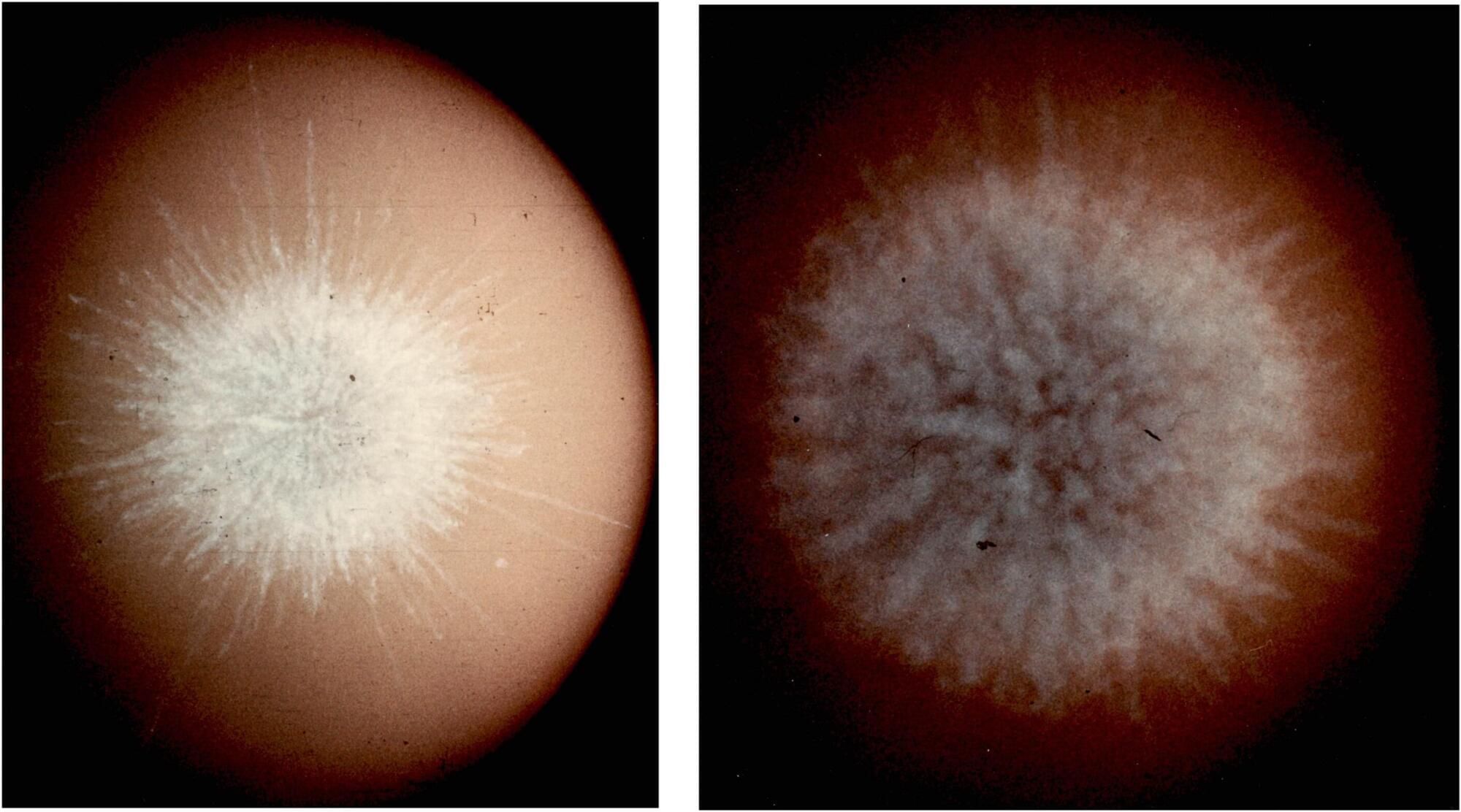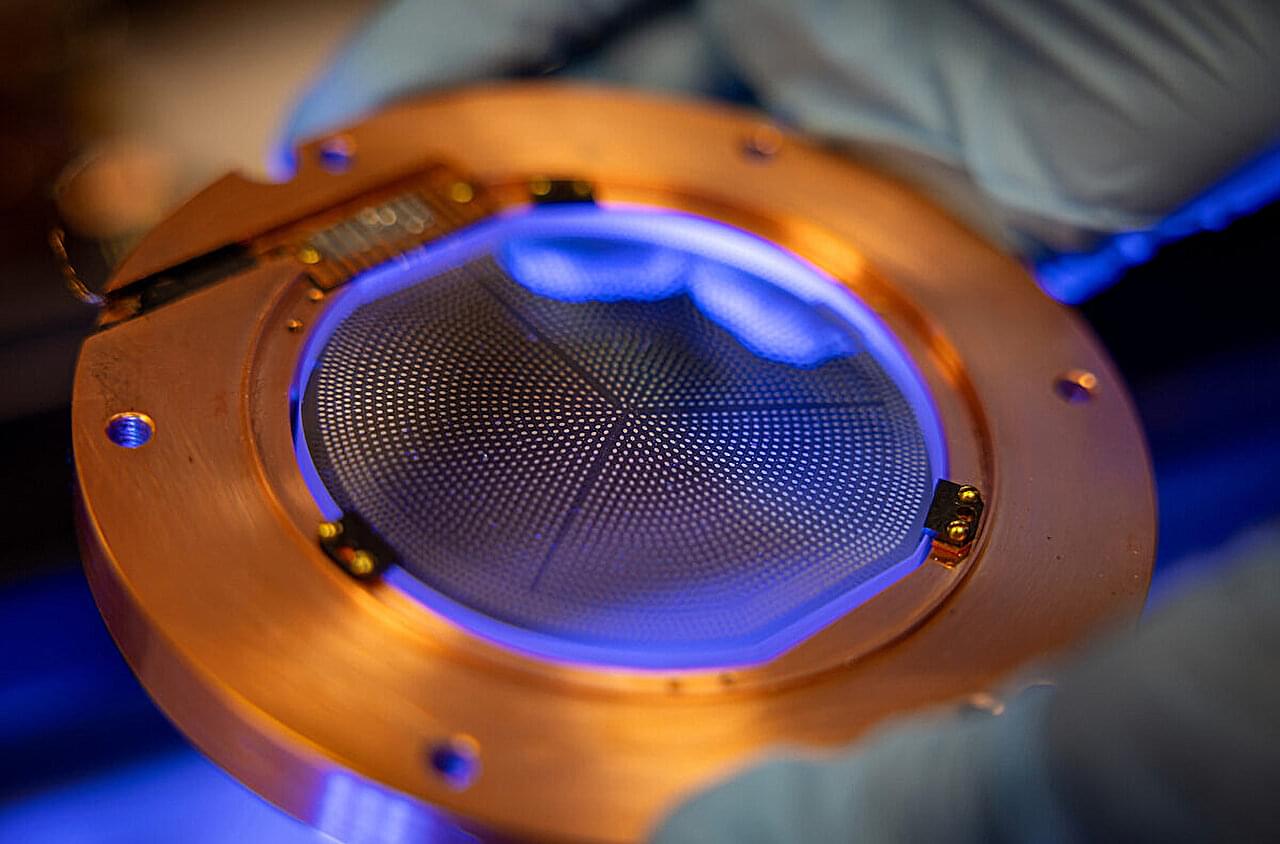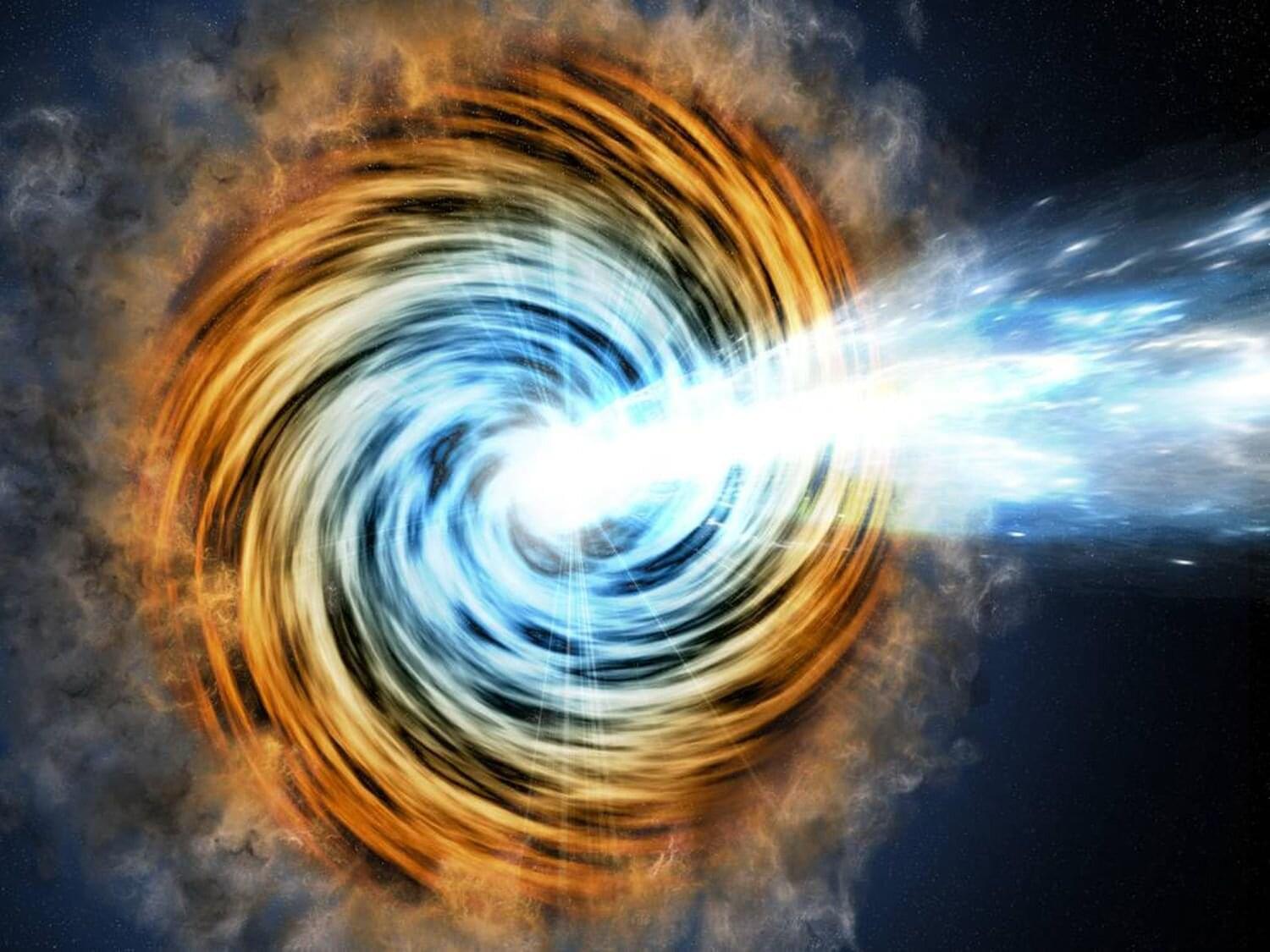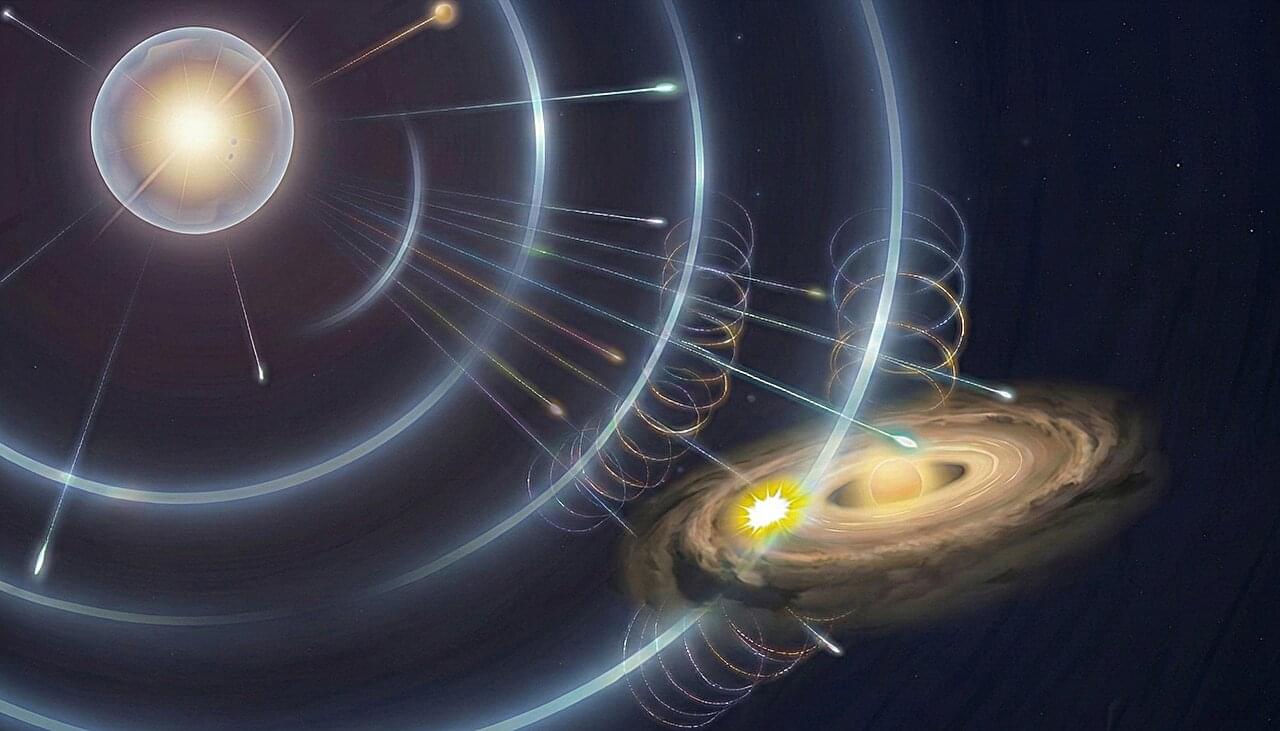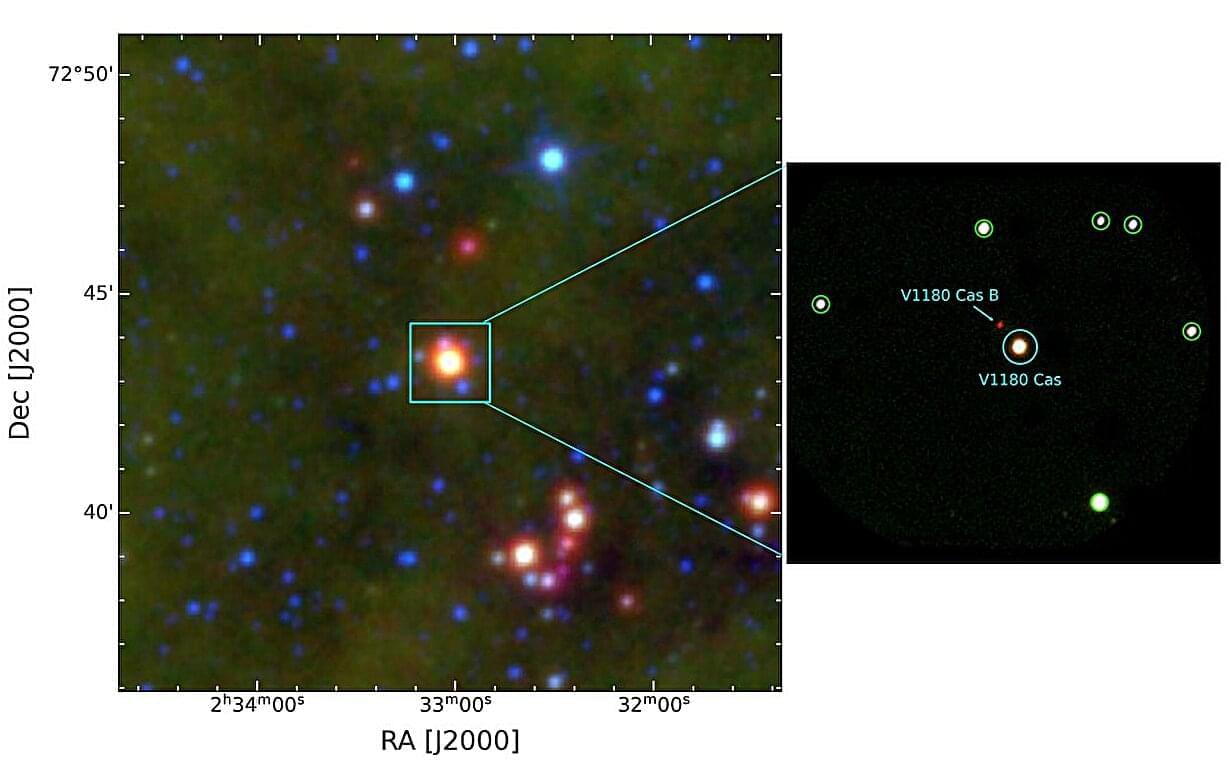Using the Whole Earth Blazar Telescope (WEBT), an international team of astronomers have performed long-term photometric observations of a luminous blazar known as Ton 599. Results of the observations, published in the Astronomy & Astrophysics journal, shed more light on the optical variability of this object.
Blazars are very compact quasi-stellar objects (quasars) associated with supermassive black holes (SMBHs) at the centers of active, giant elliptical galaxies. They are the most luminous and extreme subclass of active galactic nuclei (AGNs). The characteristic features of blazars are highly collimated relativistic jets oriented very close to our line of sight.
Based on their optical emission properties, astronomers generally divide blazars into two classes: flat-spectrum radio quasars (FSRQs) that feature prominent and broad optical emission lines, and BL Lacertae objects (BL Lacs), which do not.
